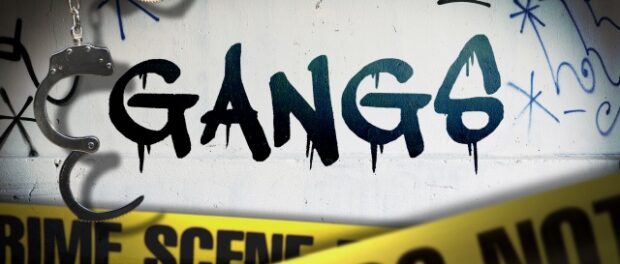Staggering USAID Crime Study Reveals St. Kitts and Nevis Among Highest in World for Gang Membership Per Capita

In a stunning revelation, a USAID crime dynamics study has uncovered that St. Kitts and Nevis harbors an alarming 15 gangs, consisting of approximately 323 active members. With a population of around 47,000, this places the Federation among the highest in the world for gang membership per capita. The findings were presented by renowned criminologist Dr. Randy Seepersad at the launch of the 90-day Citizen Security Consultation at the CUNA Conference Center in Fortlands.
The study, which relied on several data sources within St. Kitts and Nevis, revealed that the Federation now has an estimated 6.87 gang members per 1,000 people, an extraordinarily high figure when compared to other nations worldwide. In contrast, countries with long-standing gang violence issues, such as El Salvador and Honduras, show per capita rates of gang membership at 5.0 and 6.5 per 1,000 people, respectively, placing St. Kitts and Nevis on par with some of the most crime-ridden countries globally.
Dr. Seepersad’s findings sent shockwaves through the audience, composed of local officials, law enforcement, and regional experts. His presentation emphasized the urgent need for coordinated intervention to address this escalating crisis, noting that gang activity in the Federation has evolved significantly in recent years.
“Gang recruitment is on the rise, and disturbingly, it is targeting our youth,” Dr. Seepersad remarked. “We are now seeing a shift towards more organized and sophisticated criminal activity, which will have long-term consequences for both the economy and public safety.”
The study has placed St. Kitts and Nevis at the center of a national security debate, as the small island nation grapples with a surge in violent crime attributed to gang warfare. The per capita rate revealed by the USAID study has prompted urgent calls for intervention, with many experts warning that without swift action, gang activity will continue to spiral out of control.
Comparative Global Context
Globally, gang membership rates tend to be highest in Latin American countries plagued by narcotrafficking and organized crime. In El Salvador, for example, gang membership is roughly 5 per 1,000 people, while Honduras reports similar figures. Comparatively, the United States, which also battles gang violence in major cities, has a lower estimated per capita rate of 1.2 gang members per 1,000 residents.
The staggering 6.87 per 1,000 in St. Kitts and Nevis means that the island nation, despite its small size, has a gang membership density that rivals or exceeds that of some of the most gang-ridden countries on the planet. This chilling statistic raises questions about the underlying social and economic factors driving gang recruitment and expansion.
The Way Forward
As the Federation faces an increasing threat from organized crime, the findings from the USAID study serve as a wake-up call for local leaders and law enforcement. The 90-day Citizen Security Consultation aims to develop actionable strategies for curbing the influence of gangs, improving community safety, and steering at-risk youth away from the lure of criminal networks.
With the global spotlight now on St. Kitts and Nevis’ skyrocketing gang-related crime, the pressure is mounting for immediate action to dismantle these gangs and restore peace in the Federation. The study has not only highlighted the scale of the problem but has also sparked a renewed sense of urgency in addressing the factors that allow gangs to thrive.
Leave a comment
You must be logged in to post a comment.